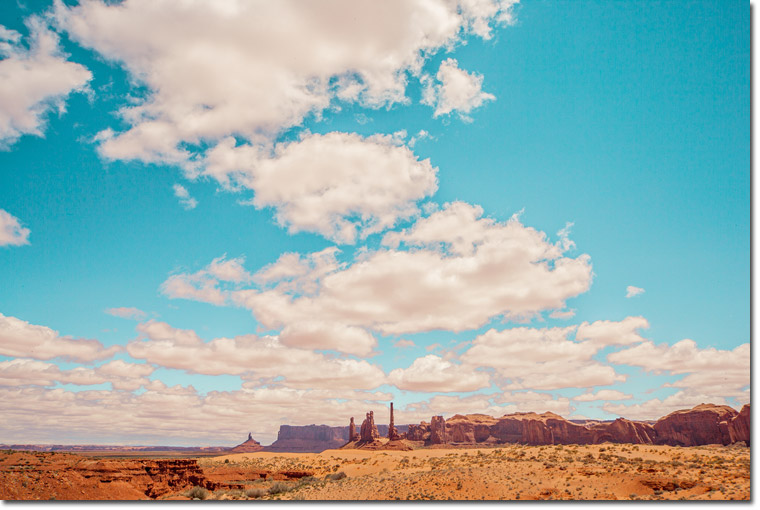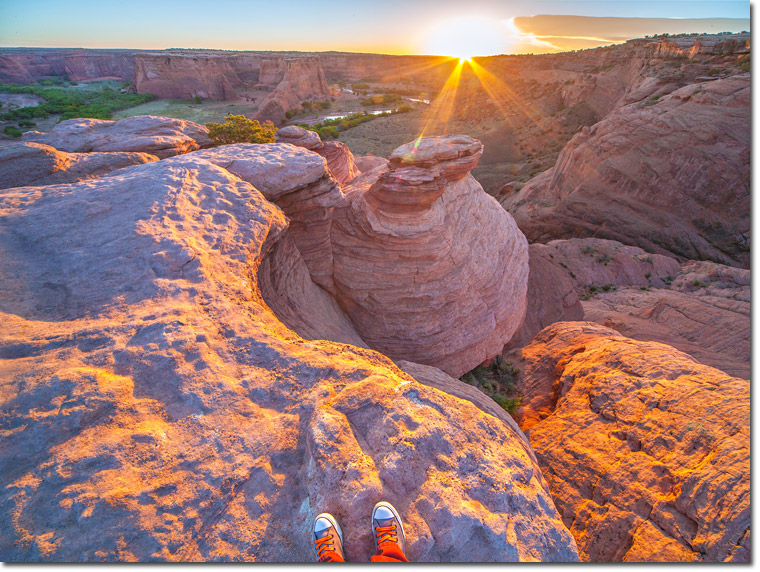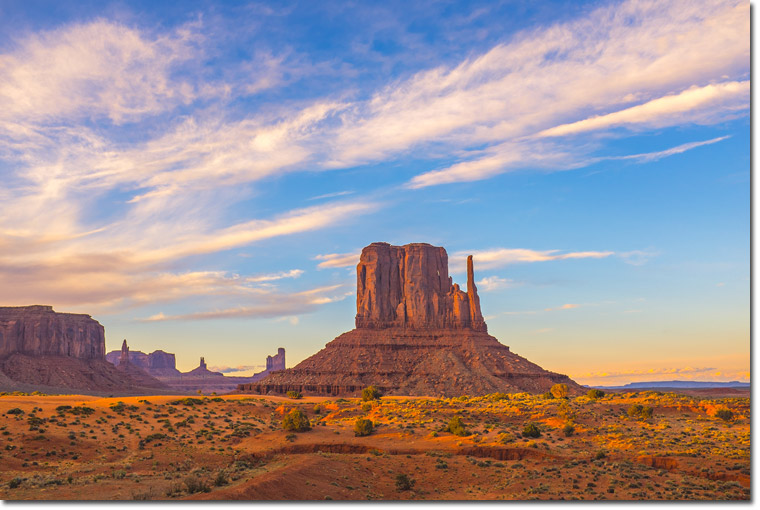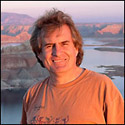|
|
|
In every man's heart there is a secret nerve that answers to the vibrations of beauty. Christopher Morley
1 - Introduction
I have been writing about personal vision for about a year now. This is an ongoing research and there are many ways to start talking about this subject. In this essay I want to talk about my own personal vision.
Doing so is not easy. Let’s say that it does not come naturally. Photographs are by definition non verbal vehicles of communication, therefore writing about what I want to say in my photographs is somewhat counter intuitive. After all, the reason why I create photographs is because I can say things with them that I cannot say with words. Therefore what is the point of saying these things in writing? They should be visible in my images. Therefore either they are visible or I failed in my attempt to convey them visually.
True, but this essay is intended as a tutorial and as such it is by nature explanatory and requires me to explain verbally what I mean. The goal is to explain things, not to let things be discovered by my audience. Neither approach is right or wrong, the two are simply different in their practice and in the goals they set out to reach.
 Turquoise sky over the Yei Bei Cheis, Monument Valley |
2 - Getting Personal
Talking about vision can also get personal. It is no longer possible to stick to location and technical data the way we can with a factual and technical approach to photography. The factual/technical approach is popular but it is also impersonal. I have always found it amusing to see f-stop and shutter speed information provided as caption to a photograph. What does this teach us about the creation of the image since these numbers vary according to multiple factors? More relevant to the context of this essay, what does it tell us about the photographer’s vision for the image?
Vision is by nature personal. It is not technical and it is rarely factual. It is therefore necessary to make a decision about getting personal or not talking about vision. I have made the decision to do so and if you continue reading this essay you will see this decision implemented to some extent.
Such an approach represents a change because the preponderant approach is the factual/technical one. As with all things that bring about change, I expect this approach to be criticized. If you decide to do so expect no apology from me. Vision needs not apologize for what it is. Vision simply is, unabashedly so.
3 - My Vision
The vision I have for my work is of an aesthetic nature. My goal is to create images that are beautiful, convey a positive message and can be used to decorate living spaces and make them inviting and pleasant to be in. To reach this goal, when creating my images I use the fundamental aspects of art that I learned during my art studies at the Academies des Beaux Arts in Paris. I use form, color and light to make my vision reality and share what I see with my audience.
Light is always what first attracts me to a specific scene or subject. For some photographs I am also attracted by the form of the subject, while for others I am attracted by the color of the subject. What attracts me first depends on the subject and how it inspires me. However, my goal is always to create images in which light, form and color are the main sources of interest.
The goal of my work is not to help protect the environment, or to raise awareness about the need for political action to foster environmental protection. I am not opposed to it and I understand that landscape photography is often used for this purpose, however this is not what my work is about.
4 - Vision and Beauty
My vision is one of beauty. When I create landscape photographs my goal is to express the beauty I see and feel in nature and specifically in the landscape. For me the experience of walking in a beautiful landscape is comparable to the experience of walking into a painting. Everything is beautiful. Everything is in harmony. I see it and I feel it. The light, the colors, the forms and all the other elements combine to create an experience where beauty dominates. It is this experience that I seek to restitute, to recreate, in my images.
Some people see beauty as being a luxury, something we want to have rather than something we need to have. They see beauty as being accessory, not necessary. Food, shelter, clothing are necessities. Beauty, art, music and other things of an aesthetic nature, are accessory. Wants rather than needs. If we have them, great. If we do not, so what. This is what they believe.
I see it differently. I see beauty as being something that all human beings need. Why? Because we find pleasure in beauty. Because we finding meaning in beauty. Because our minds needs beauty just like our bodies need fresh air. Beauty is what keeps us alive in an aesthetic sense.
Beauty is a universal need. We need beauty for the same reason we need air: to live. But while it is our bodies that need air, it is our souls that need beauty. Without beauty we do not see the same meaning in things. Without beauty we become negative and forlorn.
 Watching the sun rise over Canyon de Chelly |
5 - Beauty is Important
A student once made the remark that a vision based on beauty is simple. I agree, how could I not. My vision is not about a subject as complex as saving the earth from environmental destruction, or about fighting for human rights.
However, just because something is simple does not means it is not important. Beauty is just as important as any other subject. And while beauty is simple, beauty can also be complex and sophisticated. In my photographs I use visual metaphors that build upon the concept of beauty to enrich it and make it more than just ‘skin deep’ if you will. Vastness, immensity, space, quietness and peacefulness are metaphors that add to the concept of beauty. These are all beautiful in my mind and are rendered as such in my images. Yet they are more than about beauty alone and in doing so they make the meaning of the images deeper and richer.
6 - Form and Color
My work is about expressing beauty and I use primarily form, color and light to reach this goal. As I said above I am always attracted first by light. Extraordinary light in that sense is a given. It is the foundation of the image and it has to be there.
However, in addition to light, for some photographs I am first attracted by the form of the subject, while for other photographs I am first attracted by the color of the subject. What attracts me first depends on the subject and how it inspires me. However, my goal is always to create images in which light, form and color are the primary sources of interest.
I am able to achieve this 80% of the time. However, with some images I cannot make light, form and color work together to follow my vision. When this happens and the composition is strong, I turn the color image into a black and white photograph. In that instance the image becomes primarily about light and form since color is now absent.
On the other hand when the composition of an image does not work but the color is powerful, I make the image primarily about light and color. However this is one of the most difficult exercises. Only in a few instances am I able to create successful images whose interest is generated by light and color alone.
The original image captured by the camera is unable to express my vision of form and color. In order to express what I see and feel in the field, I have to modify the original capture in order to reflect my artistic vision. To this end, rather than present the raw images captured by the camera, I alter the colors, contrast, form, format, dynamic range and many other aspects of each image. Depending on the specific photograph, I may also add or remove items or I may collage several photographs together.
As a result, the images you see here and elsewhere should not be construed as representing something that truly exists. The purpose of my images is not to document the world we all have access to. Instead, they are intended to be seen as a representation of my creativity, artistic intent, vision and of my desire to create a unique reality.
 Late afternoon in Monument Valley |
7 - What I Do
I don’t think about anything in particular when I create images, just beauty, sometimes a poem or a song, often nothing. My sense of aesthetics is what guides the decisions I make.
I also don’t try to make images that please a particular audience. I just try to be myself. I am not under pressure from anyone. I realize it is a privilege, one that I earned and enjoy.
In fact I try not to think. The creative process consists of feeling, empathy and emotion and it is best fostered by listening to my intuition. It is stopped dead in its track if one allows logical, analytical or critical considerations to creep in because doing so leads to descriptive rather than emotional representations.
In a world dominated by logical thinking, it has become somewhat of a quality to not think! In fact for many it has become an art or even a privilege. For me beauty cannot be intellectualized. It can only be felt emotionally. Therefore to express it one has to enter an emotional state, one in which emotions rule over logic.
I also do not try to reach perfection. I let go of the quest for perfection years ago when I realized that the best works of art are incomplete. Dali said it best: ‘Do not search for perfection for you will never reach it.’ Therefore, each of my images are incomplete but I am the only one who knows that. I do my best, I polish as much as I can, I pay attention to details and then I let it go. I give it to the world for the enjoyment of all. It no longer belongs to me. Then I start work on another piece in which I try to go a little further, make it a little better, a little more ‘perfect.’
I want to create serenity in my images: a serene setting using purity of form and colors. A crystalline look onto the landscape, both clear and sharp, transparent and revealing. Every image is a voyage, a journey into beauty.
8 - Conclusion
I want to create images that represent a vision, a dream. Images that suggest an idea rather than impose a specific meaning. Images that ask the viewer to get personally involved, to invest something of themselves in order to understand and appreciate the image. I want to create images that invite the viewer to be charmed, enchanted, even seduced by the image.
I also want to leave something to the imagination of the viewer. I don’t want to create photographs that reveal everything. I want to create images that represent a vision, a dream. Images that suggest an idea rather than impose a specific meaning. Images that ask the viewer to get personally involved, to invest something of themselves to understand and appreciate the image.
9 - Personal Vision Master Class
I am working on a new tutorial titled the Personal Vision Master Class Workshop on DVD. You can find out more about it at here.
Alain Briot - NPN 2054
|
 Alain Briot creates fine art photographs, teaches workshops and offers DVD tutorials on composition, image conversion, optimization, printing and marketing. He is the author of Mastering Landscape Photography, Mastering Photographic Composition, Creativity and Personal Style, Marketing Fine Art Photography and How Photographs are Sold. All 4 books are available as printed books on Amazon.com and as eBooks on my website at this link: http://beautiful-landscape.com/Ebooks-Books-1-2-3.html.
Alain Briot creates fine art photographs, teaches workshops and offers DVD tutorials on composition, image conversion, optimization, printing and marketing. He is the author of Mastering Landscape Photography, Mastering Photographic Composition, Creativity and Personal Style, Marketing Fine Art Photography and How Photographs are Sold. All 4 books are available as printed books on Amazon.com and as eBooks on my website at this link: http://beautiful-landscape.com/Ebooks-Books-1-2-3.html.
You can find more information about Alain's work, writings and tutorials as well as subscribe to Alain’s Free Monthly Newsletter on his website at http://www.beautiful-landscape.com and click on the Subscribe link at the top of the page. You will receive 40 free essays in eBook format immediately after subscribing.

|
Alain welcomes your comments on this essay as well as on his other essays. You can reach Alain directly by emailing him at alain@beautiful-landscape.com.